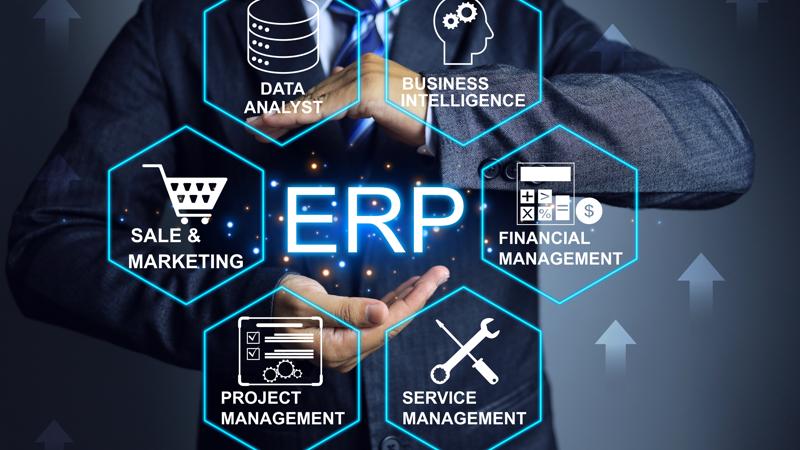Navigating Through Financial Hardship: Understanding Bankruptcy Options
Explore the ins and outs of bankruptcy, including the different types, the process of filing, and how it can provide financial relief for individuals and businesses in need.
Financial distress can happen to anyone, at any stage of life. Whether it's due to medical expenses, unemployment, or unforeseen economic downturns, the burden of debt can become overwhelming. Bankruptcy, while often seen as a last resort, can provide a way out and a chance to rebuild. In this comprehensive guide, we'll explore the avenues for obtaining free or low-cost bankruptcy assistance, break down the resources available, weigh the benefits, and walk through the process step by step.

Get Free or Low-Cost Bankruptcy
For many struggling with debt, the cost of filing for bankruptcy can be a significant barrier. However, there are options available for those who cannot afford the fees associated with the process. Legal aid societies and pro bono attorneys often offer services to those with low income. Additionally, the American Bankruptcy Institute's Endowment for Education provides a directory of assistance programs. It's also possible to file 'pro se,' or without an attorney, which can reduce costs, but it's important to understand the risks and complexities involved in this approach.
Resources to File for Bankruptcy
The journey to a fresh financial start is paved with a wealth of resources. The United States Courts website is an invaluable tool, offering official forms and a detailed guide to the process. Nonprofit credit counseling agencies can also provide guidance, as required by federal law before filing for bankruptcy. These agencies can help you understand the implications of bankruptcy and assist in exploring other debt-relief options that may be available.
Benefits of Filing for Bankruptcy
Though bankruptcy carries a certain stigma, it can offer a lifeline. The automatic stay that comes with filing halts most collection efforts, lawsuits, and foreclosures, providing immediate relief from creditors. A successful Chapter 7 bankruptcy can lead to the discharge of unsecured debts like credit card balances and medical bills. For those with a regular income, Chapter 13 bankruptcy offers a way to reorganize debt into a manageable repayment plan, often allowing you to keep your home and other assets.
How to File for Bankruptcy
Filing for bankruptcy is a multistep process that requires careful preparation. The first step is to gather financial documents and complete a credit counseling course. Next, you'll need to determine which type of bankruptcy is right for you: Chapter 7 or Chapter 13. You'll then fill out and file the necessary paperwork with the court, which includes a means test for Chapter 7 to assess your eligibility. After filing, you'll attend a meeting of creditors before your debts can be discharged or your repayment plan can commence.
Where to File for Bankruptcy
The location for filing bankruptcy is typically in the federal bankruptcy court where you reside or have your principal place of business or assets. Each state has at least one bankruptcy district, and some have more. To find your local court, you can use the U.S. Court's court locator tool. It's crucial to file in the appropriate jurisdiction to ensure your case is handled correctly.
While the thought of filing for bankruptcy might seem daunting, it's important to remember that it's a legitimate tool designed to help individuals and businesses overcome insurmountable debt and seek a fresh start. By leveraging free or low-cost services, utilizing a plethora of available resources, and understanding the benefits and steps involved, you can navigate the bankruptcy process with greater confidence and ease. Always remember to seek professional advice tailored to your specific situation, and take the time to understand where and how to file. With the right information and support, you can turn the page to a new financial chapter.











